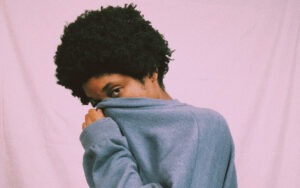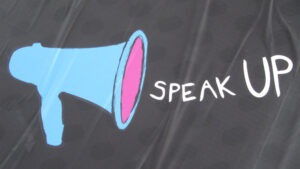November 14, 2015; Kansas City Infozine
National Endowment of the Arts (NEA) Chairman Jane Chu might seem like an unlikely guest to visit the Pentagon, and the NEA and the Department of Defense (DOD) might sound like unusual allies. But since 2011, the two government entities have been collaborating on a program aimed at helping military members with traumatic brain injury, post-traumatic stress, and other psychological health conditions. And during November, which is Warrior Care Month, Chairman Chu was warmly welcomed at the Pentagon, where she spoke as part of the DOD’s Healing Arts Recognition Event, and announced the expansion of the NEA Military Healing Arts Partnership.
Chu noted:
This partnership recognizes that arts interventions sit at the core of integrative, patient-centered care. Above all, we are deeply inspired by how these service members use art-making as a tool to bolster their resilience and accelerate their ability to heal, and to carry out their commitment to serve our nation, and their communities and loved ones, to the fullest.
The program began in 2011 at the invitation of the Walter Reed National Military Center, which was looking to build out the creative arts therapy program at its then-new National Intrepid Center of Excellence (NICoE), one of several regional centers using an integrative healthcare model to treat service members. After being successfully piloted at NICoE in Bethesda, Maryland, the program was expanded in 2013 to Fort Belvoir Community Hospital Brain Wellness Center in Virginia. In both centers, the program now provides NEA-supported writing, music, and visual art therapy through an expanding roster of art therapists. These therapists work closely with other health professionals—including physicians, nurses, neurologists, physical therapists and psychologists—to develop individual treatment plans with measurable outcomes. According to the NEA, art therapy activities can help patients to improve cognitive skills and to “process trauma and confront issues relating to frustrations, transitions, and grief.”
Sign up for our free newsletters
Subscribe to NPQ's newsletters to have our top stories delivered directly to your inbox.
By signing up, you agree to our privacy policy and terms of use, and to receive messages from NPQ and our partners.
To date, more than 1,000 service members have participated in the NEA programs at Walter Reed and 128 service members at Fort Belvoir. And while the DOD focuses on individual patient outcomes, the NEA is collaborating on a project with the Drexel University Creative Arts Therapies Department on a thematic analysis of masks created by participating patients at Walter Reed, to see what might be learned that could benefit new patients.
In 2014, the NEA devoted an entire issue of its magazine to the healing properties of the arts, including an article that focused on creative arts therapy participants at Fort Belvoir. In that article, creative arts therapist Jackie Biggs noted that working on art can help service members deal with issues they’ve struggled with or repressed, often for many years:
“Sometimes patients call it trick therapy,” she said. “We’re not really tricking them, but just getting beneath the surface in a different way…Sometimes patients wind up feeling so overwhelmed that it’s hard to sort through what exactly is overwhelming them and what really is underlying all those emotions. Through creating the artwork and then talking about it later, they’re usually able to identify and pinpoint really what’s underlying what’s going on, and what they can target in therapy moving forward.”
Master Sergeant Earl Covel, a veteran of 12 overseas combat deployments who found himself struggling both physically and psychologically when he returned from his last deployment to a job at the Pentagon, is among the military patients who has benefited from the Creative Arts Therapy program at Fort Belvoir. Covel had an interest in the arts when he was growing up, but when he first got involved with the program he was reluctant to participate. Over time, he found himself going deeper into his art projects, which helped him make progress in other areas of therapy. As he approached retirement from his military service and tackled a challenging self-portrait project, he summed up the impact of his arts therapy experiences this way: “Art has been given back to me. It’s been a gift. I’ll get to take this with me and utilize it to process anything in the future.” –Eileen Cunniffe











